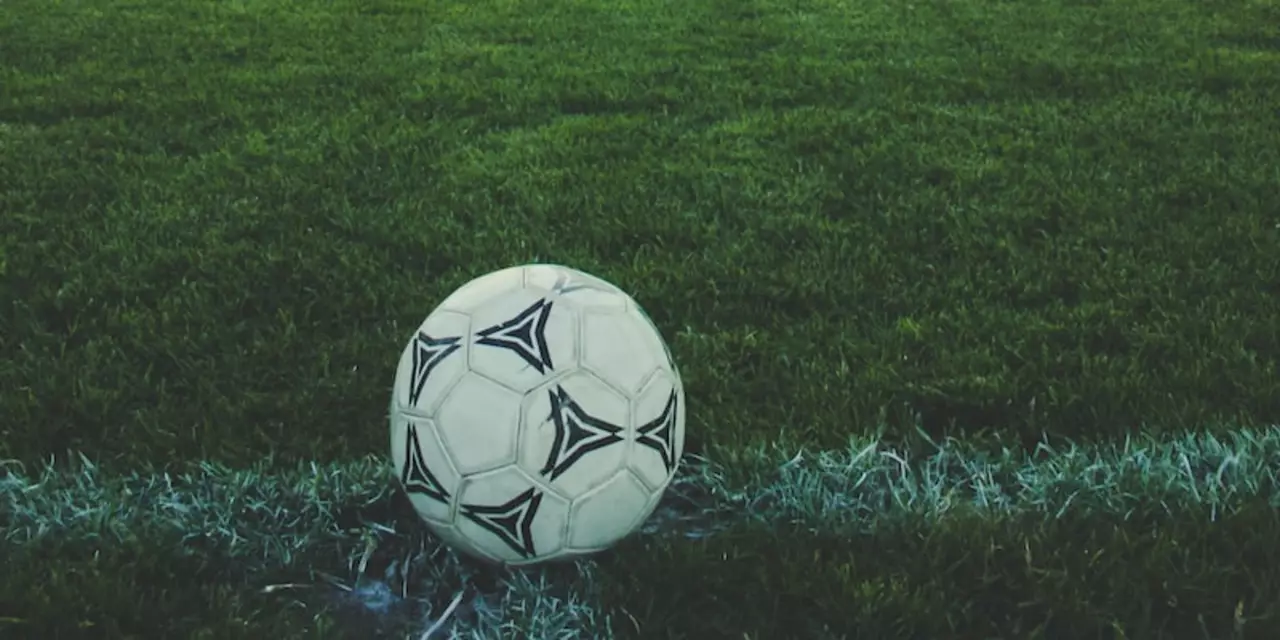Exploring the Different Roles of a Soccer Team: A Guide to Understanding the 10, 9 and 8 Positions
Soccer, or football, is a team sport with a wide range of positions, each with its own unique attributes and responsibilities. Understanding the different roles of each soccer player is essential to the team's success. In this guide, we'll take a closer look at the three most important positions: the 10, 9 and 8.The 10, 9 and 8 are the three most attacking positions on the field. The 10 is the playmaker, the one who dictates the tempo and direction of the attack. They are responsible for creating chances and linking up the midfield and attack. The 9 is the striker, the one who looks to finish off the chances created by the 10. They are the goalscorers of the team, the ones who make the most of the opportunities they are given. The 8 is the box-to-box midfielder, the one who covers the most ground and links the defense to the attack. They often cover the spaces left by the 10 and 9 when they venture upfield.
These three positions work together in harmony to create a cohesive attacking unit. The 10 and 9 link up play, with the 8 providing the energy and drive to break through the opposition. Understanding the roles and responsibilities of each position is essential for any team wanting to play attractive, attacking soccer.
Unlocking the Secrets of Soccer Team Dynamics: How the 10, 9 and 8 Positions Work Together to Create Success on the Pitch
Soccer is a team sport that requires players to work together in order to achieve success. One of the most important aspects of team dynamics is the way different positions interconnect and support each other on the field. In this article, we will be discussing the roles and responsibilities of the three most important positions in soccer: the 10, 9 and 8.The 10 is sometimes referred to as the “playmaker” or “attacking midfielder.” This player is responsible for connecting the defense to the attack. They are expected to provide accurate and creative passes to the forwards, creating chances for the team to score. The 10 is also expected to have good defensive awareness, so they can help out the back line when needed.
The 9 is the striker, or goal scorer. They are expected to be the most dynamic player on the pitch, using their speed and agility to create chances for themselves and their teammates. They are also expected to press the opposing defenders and create space for their teammates. It is their responsibility to score goals and put their team in a position to win.
The 8 is the central midfielder. They are the team’s engine, providing energy and covering a lot of ground during the game. They are expected to provide a combination of defensive and offensive contributions, helping to both create and defend chances for the team. The 8 is also responsible for organizing the team’s attack and defense, and making sure everyone is playing in the right positions.
The 10, 9 and 8 positions in soccer are essential to the success of any team. Each position has its own responsibilities and duties, but they also need to work together in order to create a successful team dynamic. With the 10, 9 and 8 playing together effectively, a team can be unstoppable on the pitch!
